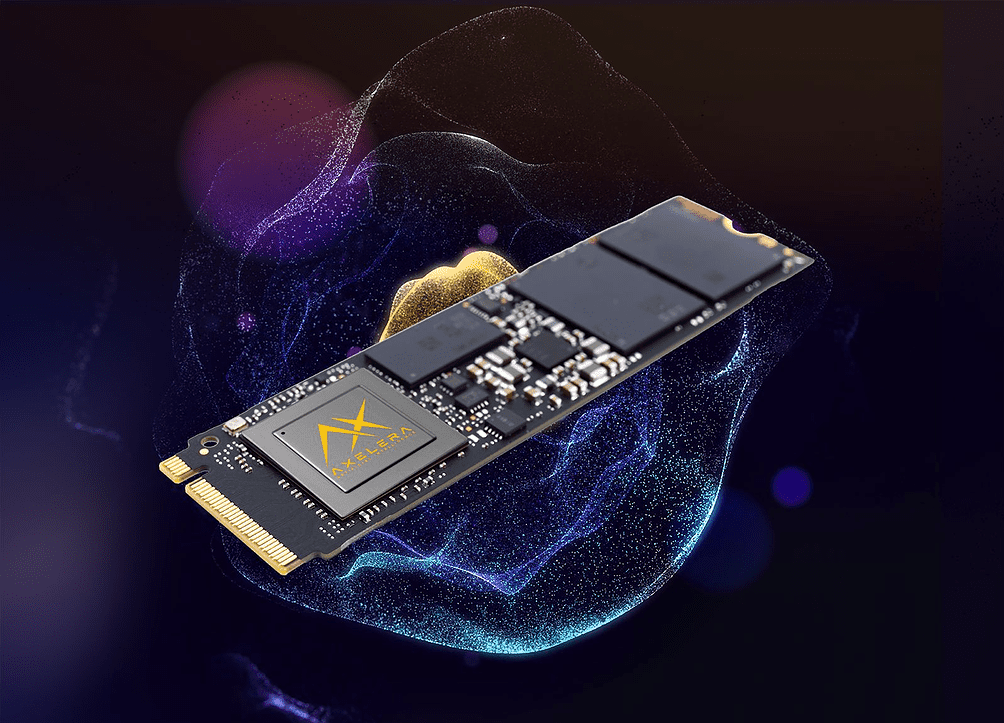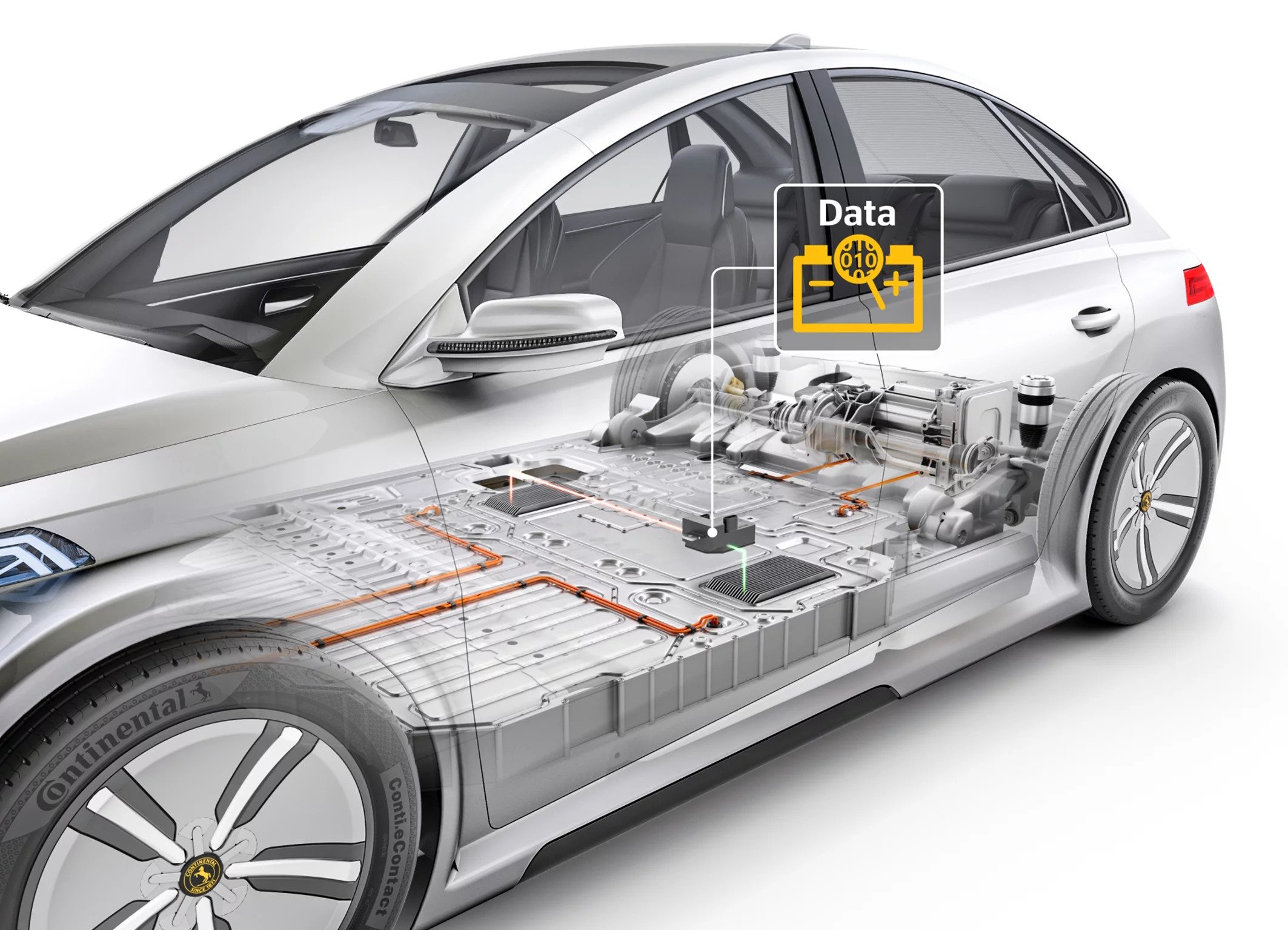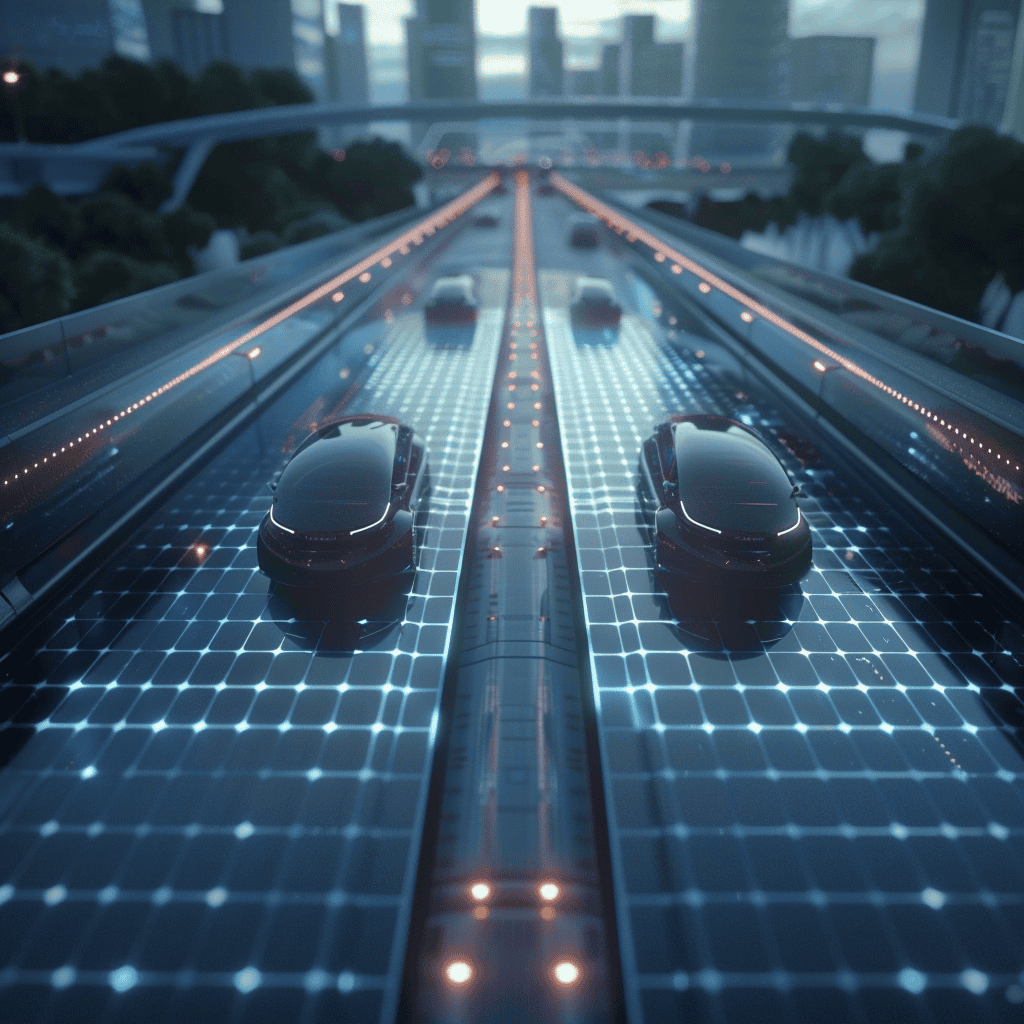
Nowadays cars are true innovation hotspots, with cutting-edge technologies to improve driving and travel experiences. They are becoming more and more mobile computational units with dozens of sensors that detect, track, and share information all the time. Like many other items – such as home appliances, for example – cars are increasingly connected with the surrounding environment. They use artificial intelligence (AI), and exchange information with the actual road and with other vehicles too.
If the cars of the future will be more and more connected, it will be thanks to the technologies being developed today. On January 23, the High Tech Campus Eindhoven organized a seminar on the future of connected cars, giving attendees a sneak preview of what the future of the connected car will look like. Innovation Origins visited the conference and asked the three panelists to pick a technology that we will find in tomorrow’s connected cars.
Edge AI
Since the boom of Chat GPT, more and more people are becoming acquainted with the capabilities of AI. Chat GPT is an example of conventional cloud-based AI, meaning that computing happens in servers far removed from the device. What makes Edge AI different from conventional AI? Edge AI can reduce latency, cost, and power consumption because it performs its computations inside the device. Disadvantages include less memory and processing power.
Axelera AI focuses on AI at the edge, targeting a multitude of applications, including automotive ones. Artificial intelligence will also be the future of cars, according to Bram Verhoef, head of machine learning at Axelera AI. “In order to have fully autonomous cars, intelligent AI must be on board. It is essential not only to interpret the information from the sensors, but also to predict and plan how to best maneuver the vehicle. You cannot rely on an Internet connection for this, because you need fast and reliable processing. Therefore, all the computing ought to be done inside the car.”
Many problems need to be solved to get to that point. But Verhoef believes that the first area to be taken over by AI in cars will be sensor processing.“Then there is also reinforcement learning for planning, which is based on all the sensor information,” he adds. Founded in 2019, Axelera AI is launching its first products on the market this year, with chips that could also be the brain of future autonomous cars.

Radar
Radar technology might seem nothing new to a lot of people since it is already widely used in today’s cars. Several object detection and collision systems – such as adaptive cruise control technology – use radar. Although further developments in this technology will make it even more powerful. NXP semiconductors recently introduced a new radar chip that is capable of reliable long-range detection as well as differentiate between larger and smaller objects. What’s more, it comes in a smaller size than its predecessors, enabling smaller sensor modules.
“Radar helps heighten the perception of the surrounding world. Compared to other technologies, it is more effective in adverse weather conditions,” stresses Lulu Chan, technical domain lead for ADAS/Radar in automotive system innovation at NXP.
In her vision, radar is going to be the go-to technology, at least in the short term. “Radar is a technology that can give a lot of information about the surrounding environment relatively inexpensively for a sensor. It can also have quite a small form factor. For autonomous driving, multiple sensor technologies are needed, including radar types.”

On-chip LiDAR
According to Christian A. Bachmann, Program Director of Wireless Sensing at imec The Netherlands, cost-effective silicon-photonics LiDAR technology will further improve the capabilities of automotive sensors. Imec is one of the world’s leading R&D centers in nanoelectronics and digital technology, and also carries out research on LiDAR. LiDAR stands for Light Detection and Ranging But unlike radar, the technology uses light instead of radio waves. This technology is able to map out the space around it in order to create a 3D model.
“LiDAR helps increase safety levels and improves the ability to perceive the environment. This technology offers superior 3D mapping performance because it is capable of very high resolutions. Therefore, it can detect small objects – such as a piece of rubble or a car tire – on the road up to 300 meters in front of the car. LiDAR can really make a difference and improve the safety of autonomous driving assistance systems and enable future autonomous applications,” Bachmann notes.
However, LiDAR is still significantly more expensive than radar technology. Silicon photonics can play a crucial role in bringing costs down. In other words, the techniques used in the electronic chip industry can also help to miniaturize LiDAR applications. “The integration of laser, electronics and photonics components by means of microchip technology will lead to cost-effective LiDAR solutions,” Bachmann emphasizes.
On the way to connected cars
Developments in sensor technology will lead the way to smarter, autonomous and connected cars. In this way, cars will be able to have a much clearer view of the environment around them. It is this sensory information that will ultimately enable them to drive autonomously – and still drive safely. LiDAR, radar and AI will all help to reshape the car as we know it.








